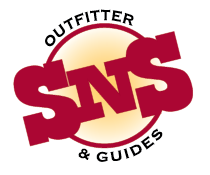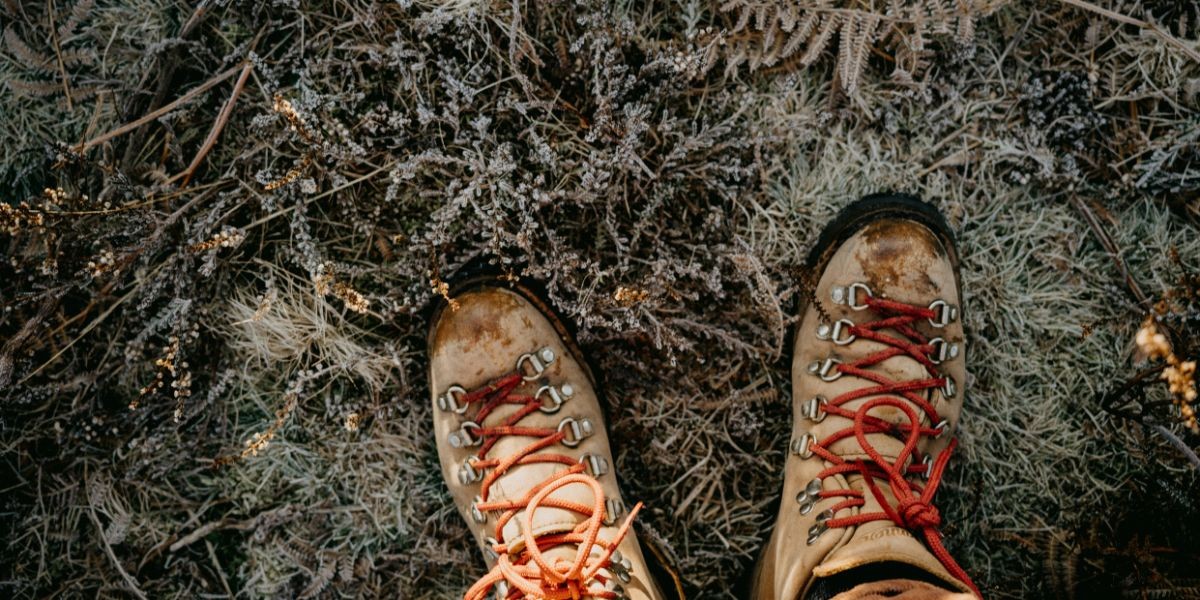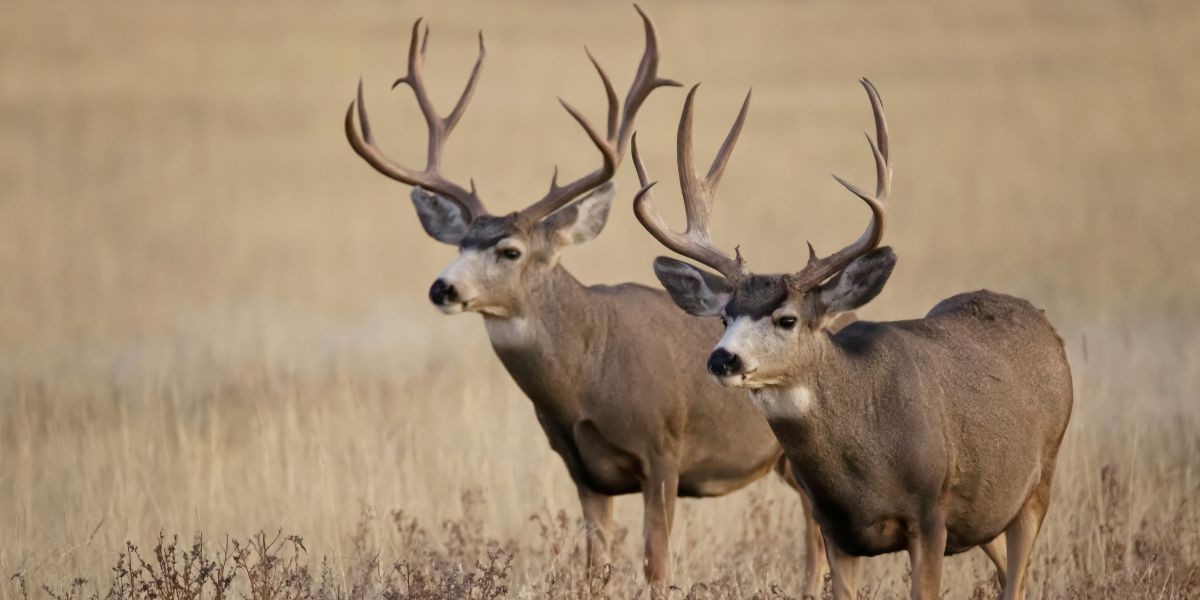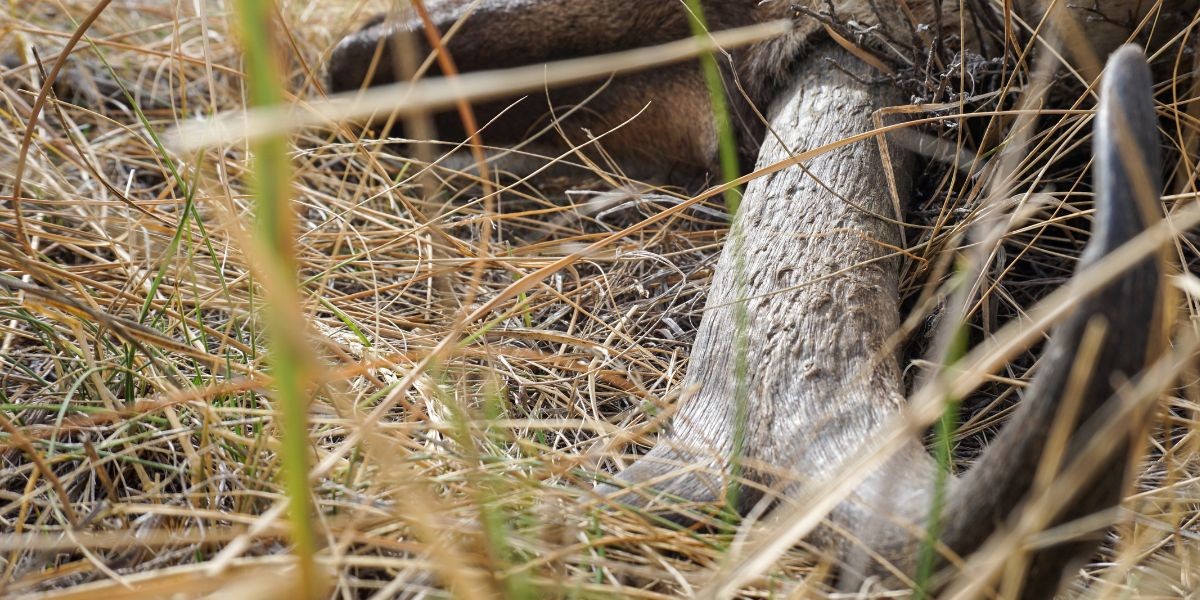Having the right gear can make or break your Wyoming hunt—and nothing is more important than your boots. After your firearm or bow, your boots may be your most critical investment. You’ll wear them every day in the field, and they need to perform. Cold, wet feet or painful blisters can ruin your experience, cut your time in the field short, and possibly cost you the opportunity to harvest an animal.
Key Boot Features for a Big Game Hunt
When choosing boots for a Wyoming big game hunt, there are a few essential features every hunter should look for:




